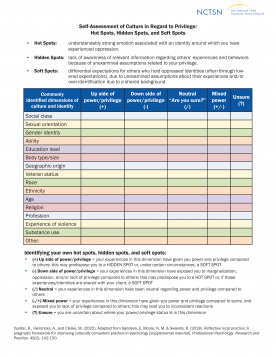
Self-Assessment of Culture in Regard to Privilege: Hot Spots, Hidden Spots, and Soft Spots
Allows an individual to self-assess the power and privilege they hold in their different identities.
The following resources on child trauma were developed by the NCTSN. To find a specific topic or resource, enter keywords in the search box, or filter by resource type, trauma type, language, or audience.

Allows an individual to self-assess the power and privilege they hold in their different identities.
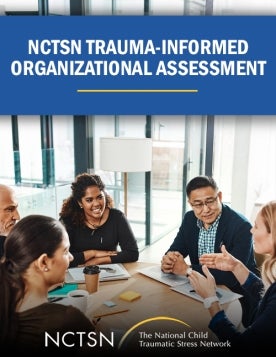
Helps organizations assess their current practices in the context of serving children and families who have experienced trauma. It is an important part of an organizational transformation process to create trauma-informed organizations.
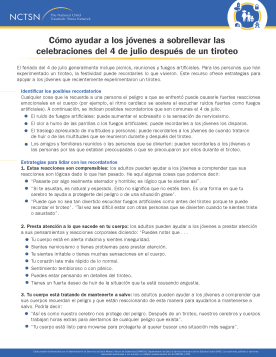
Para las personas que han experimentado un tiroteo, el 4 de julio puede recordarles lo que vivieron. Este recurso ofrece estrategias para apoyar a los jóvenes que recientemente experimentaron un tiroteo a lidiar con el feriado venidero.
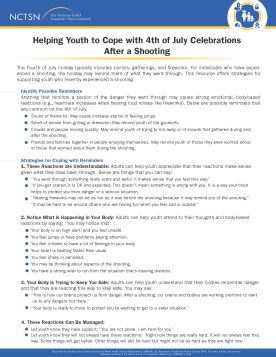
Offers strategies for supporting youth who recently experienced a shooting on how to cope with 4th of July celebrations.
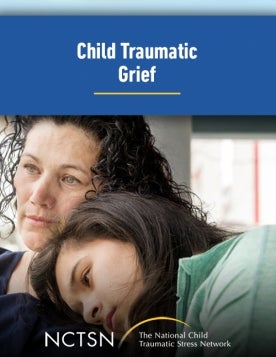
Describes assessment strategies and evidence-based interventions for interpersonal violence in the wake of the COVID-19 pandemic across development, with a focus on 1) how to ask children about their trauma experiences and responses; 2) the use of Child-Parent Psychotherapy (CPP) for young...
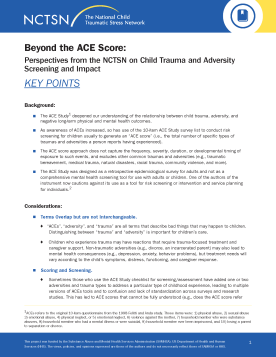
Highlights key points for providers, family advocates, and policymakers to understand about Adverse Childhood Experiences (ACEs) and child trauma. This resource was adapted from...
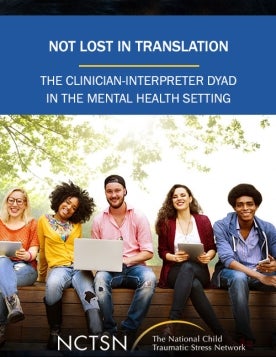
Is designed to increase the capacity and partnership of professional interpreters and mental health clinicians working together in order to improve quality and access of services for children, adolescents and families with no or limited English proficiency (LEP) and who have experienced trauma...
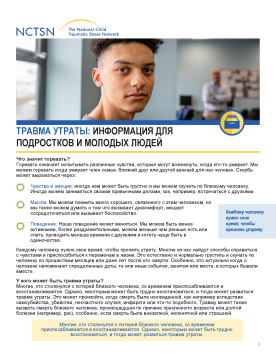
Offers information for youth to help them understand the differences between grief and traumatic grief, the signs and symptoms of traumatic grief in children and youth, and what to do to feel better. Translated 2022.
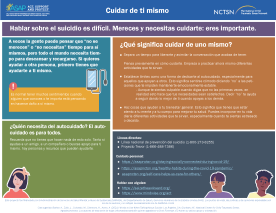
Cuidar de uno mismo: ofrece información para ayudar a los jóvenes a cuidarse a sí mismos. Esta hoja informativa incluye información sobre lo que significa cuidarse uno mismo, además de recomendaciones de líneas directas de ayuda y temas para estimular la conversación.
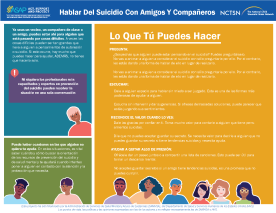
Cómo hablar del suicidio con amigos: ofrece información de respaldo para jóvenes que conversan sobre suicidio con amigos y pares.
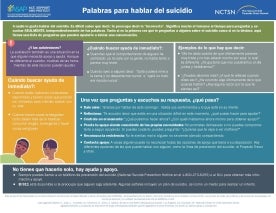
Con qué palabras hablar del suicidio: ofrece información para ayudar a los jóvenes a saber qué vocabulario usar cuando hable del suicidio con amigos y pares. Esta hoja informativa incluye detalles sobre cuándo se debe preguntar, ejemplos de qué decir, cuándo buscar ayuda y qué hacer después.
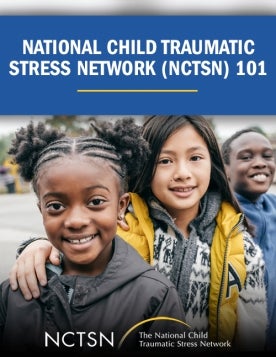
Provides information on what makes the NCTSN unique, and why in 2001 SAMHSA established the NCTSN in an effort to pull together expertise nationwide and create a mechanism for intentional collaboration to move scientific gains quickly into practice.